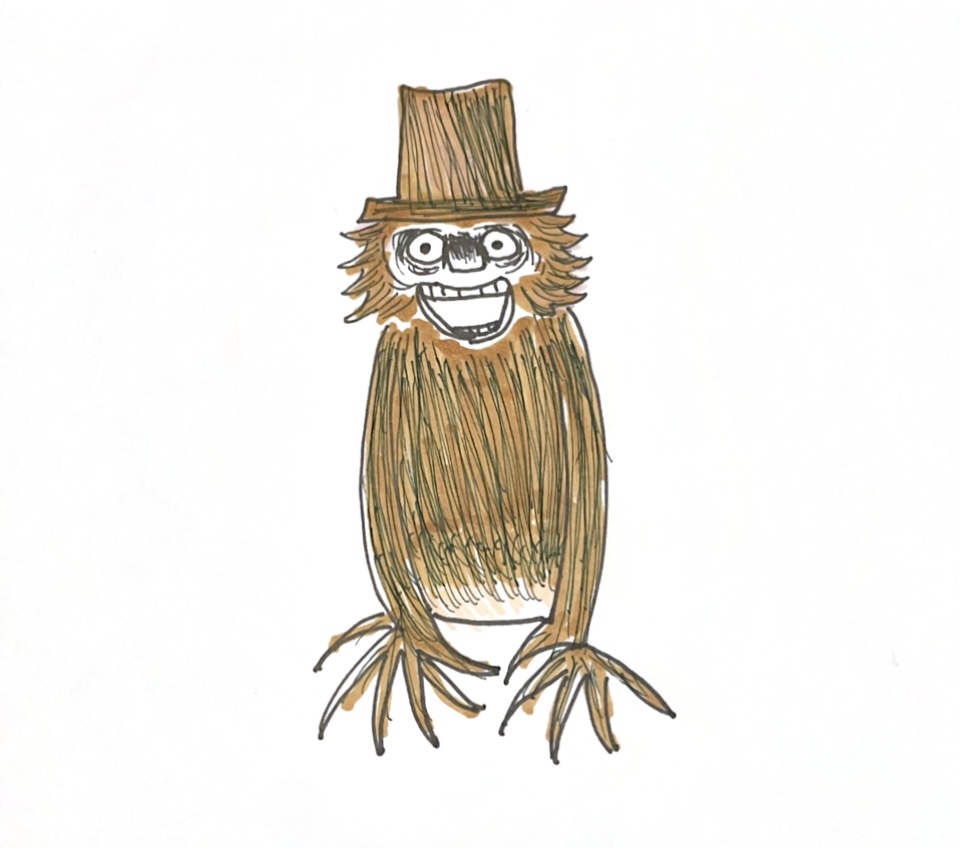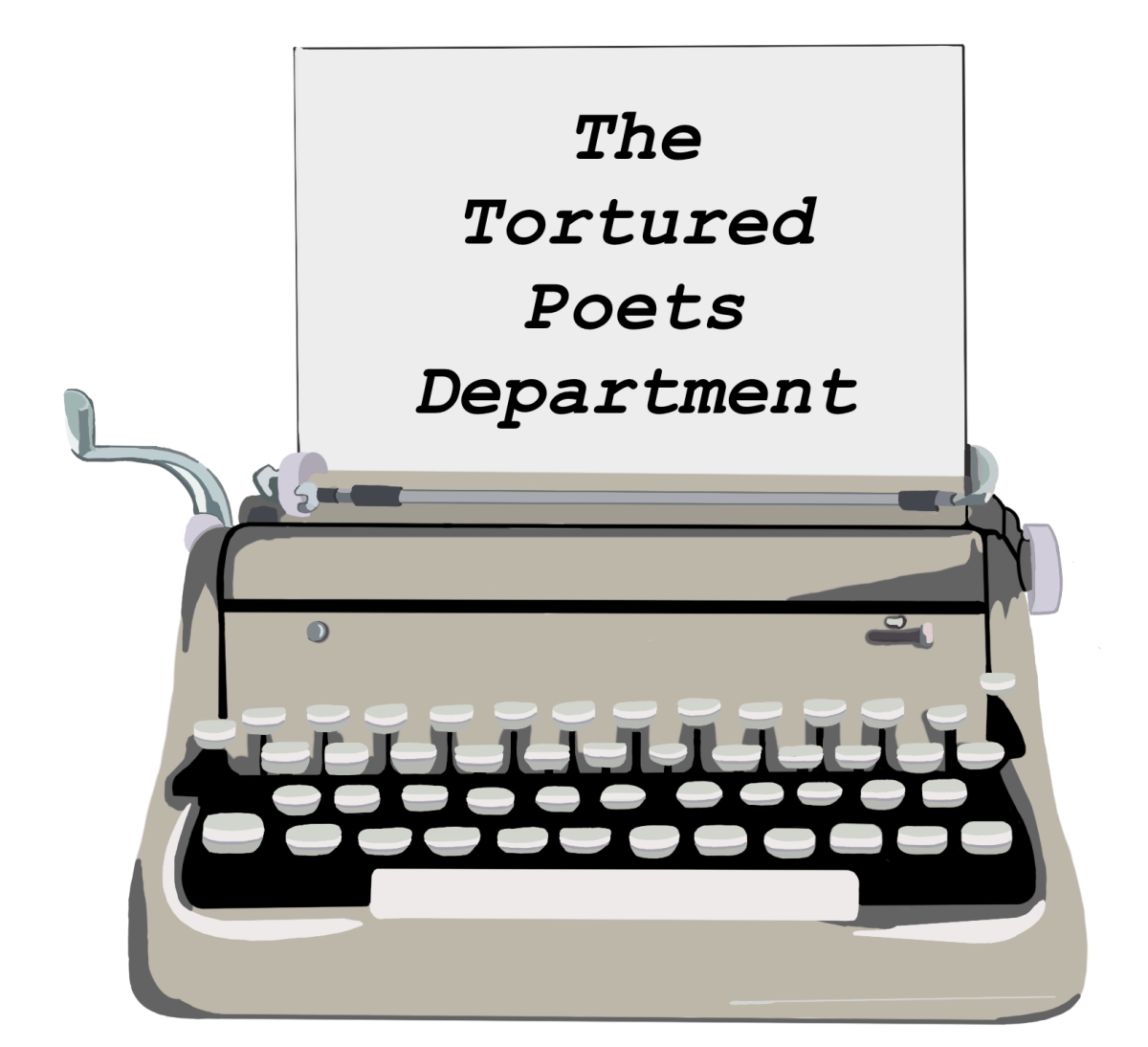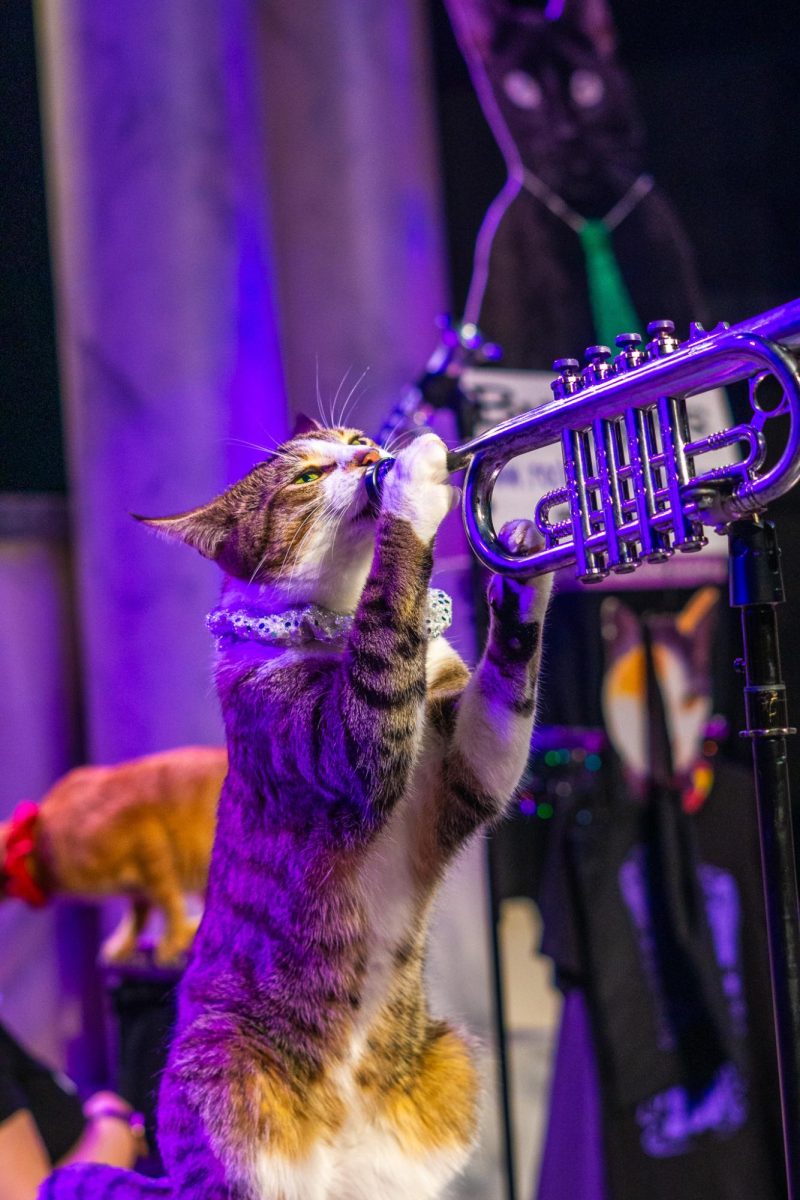“Art should comfort the disturbed and disturb the comfortable,” César A. Cruz’s famous quote is extradited from the title of his 1997 poem, “To Comfort The Disturbed, and to Disturb the Comfortable: Onward Children of the Sun,” a graphic piece about the horrors humans inflict upon each other through imperialism, war, capitalism, bigotry and censorship. Many who reside in more stable personal environments may try to forget or ignore the truths within the poem. It is a brutal reminder that life is much less like a whimsical rom-com or juicy drama and more akin to a horror film.
To be disturbed carries a heavy connotation of serious mental illness or trauma, though it can be as simple as a rude knock on the door of a peaceful room. This would seem to be the case with horror to non-fans: a quick and irregular rap on their door reminds them of life’s morbidity and hidden terrors, only making them grateful for the safety of their comfortable room. The message waiting on the other side never makes it to its recipient.
It does not help that few recent mainstream horror movies understand the purpose of terrifying truth, giving horror a poor reputation as a collection of unnecessarily gruesome visuals for a profitable shock factor. Yet the very nature of directly addressing the psychological violence of reality makes horror — especially a good horror movie — the best genre in the medium of film.
Film is the art of visual storytelling and horror is the most interesting conversation piece. Other genres defined by their unique visuals, such as sci-fi, have improved dramatically in recent years. However, that ends there: the imagery is clearly fictional, the themes and topics are obvious, and thus, the conversation is brief. Improvements in visuals of dead bodies, possessed children and bloody wounds may feel too real. However, it leads to the question, “Why am I seeing this?”
A graphic scene is never without reason in horror. It is typically a metaphor or analogy for the greater theme of the story. Different subgenres of horror emphasize specific visuals for this purpose. Slashers drag out the intimate deaths of victims as the cast rush to rectify their perceived wrong-doings or protect themselves from an inhuman but ultimately human threat. Zombie horrors twist the universal confusion and fear around death by bringing the dead to life. Paranormal films play with the persistent belief that we are not alone on earth, a sentiment ironically uniting and shared by humanity throughout time. Even sci-fi horror elevates stand-alone sci-fi by exploring the ever-increasing fears of our relationship with technology and science.
Understanding the basics of the visual effects of horror subgenres makes answering the question of “Why am I seeing this?” easier. After analyzing what the type of horror may signify, one can see that horror’s greatest strength is writing. Horror writing flips the custom of thinking externally of the implicit and obscure symbolism by delivering it straightforwardly and demanding internal thinking. If somebody is unaccustomed to asking themselves why they feel the way they do, it is difficult to question and understand the message of a horror film.
Classics in horror are considered the best at creating that self-reflection. Leatherface from “The Texas Chainsaw Massacre” wears the uniform of a bloody but economically vital blue-collar worker and carries a dangerous but practical weapon. His character design and the general locations in the film are scary because there is already an unspoken anxiety that urban, suburban and societally “in” Americans have of rural and outcasted country folk, especially in Texas.
For another example, through an honest analysis of “The Exorcist,” Regan is no longer a temporarily demon-possessed young girl whose innocence can be returned through religious means but a life-long victim of the human evil in the institutions surrounding her. The click and flash of a camera capturing and freeing a “sunken” Black man in “Get Out” is a great example of the power of metaphor in horror. Seeing it is believing it and it did not happen unless there was a photo. The novel age of the mobile phone has resulted in a sharp mass awakening to the history and continued existence of horrifying race relations in America.
The genius of horror is simple: explicit visuals paired with provocative messaging. As such, horror passes the test of visual storytelling with flying colors. Although being sensitive to graphic imagery is understandable, it is unfortunate that low media literacy limits much of its due respect. Next time a true horror movie is playing, open the door and listen to what it has to say. Perhaps you may be disturbed, or you might find an eerie comfort.


















